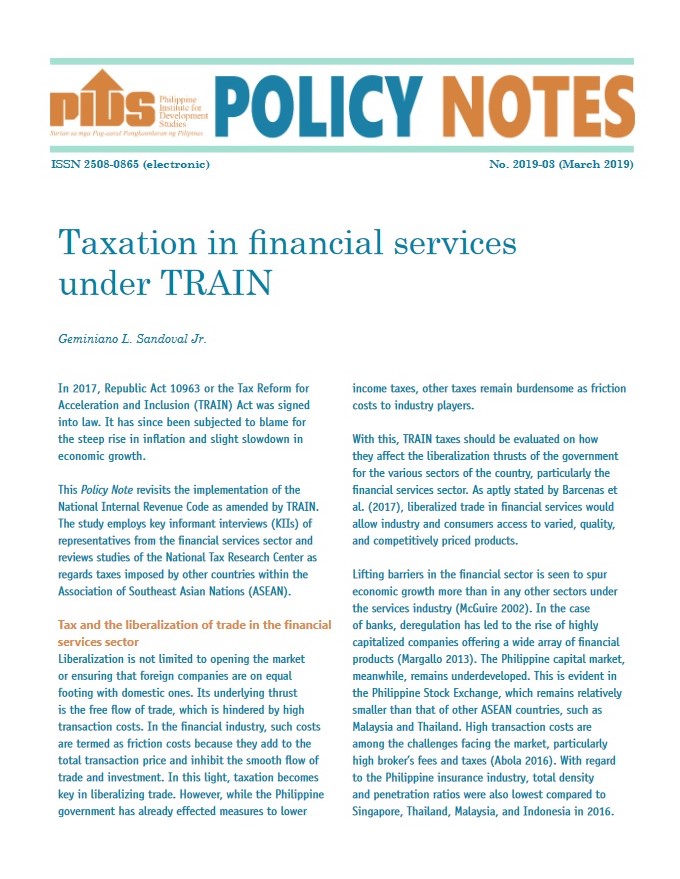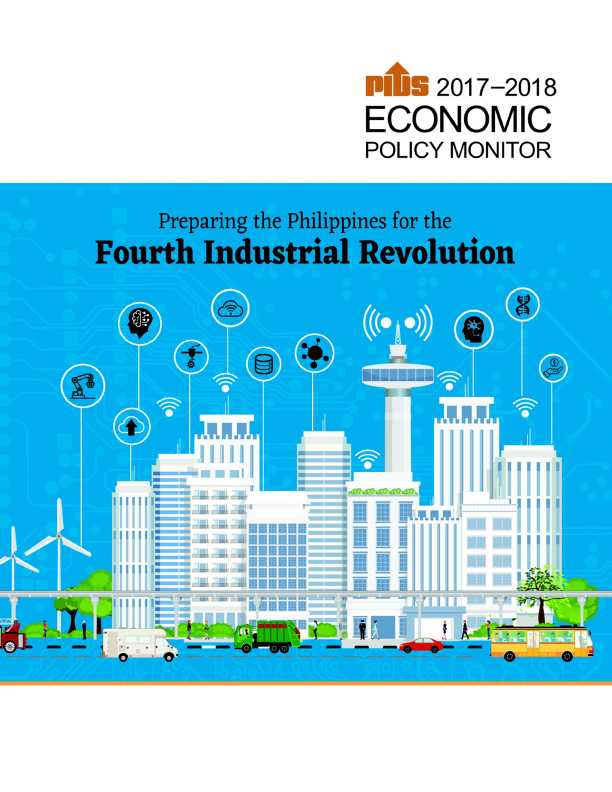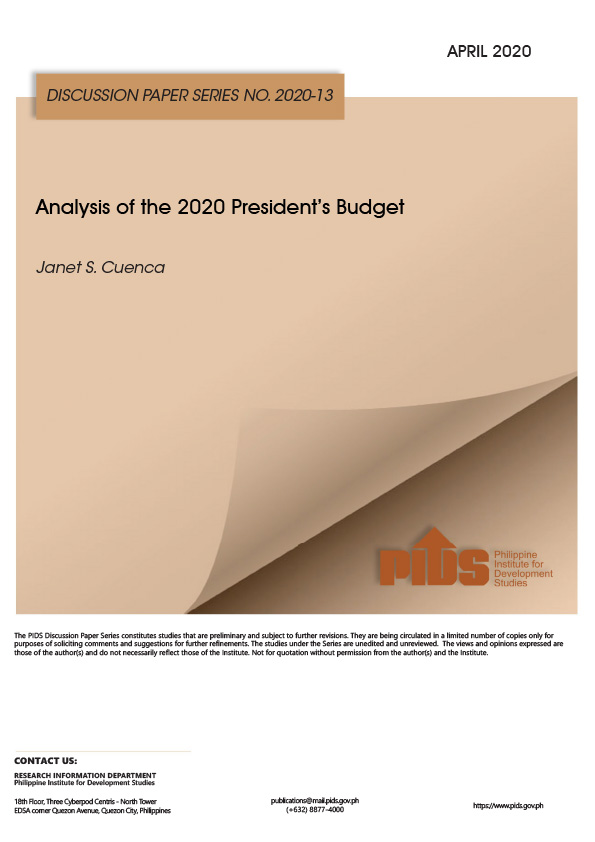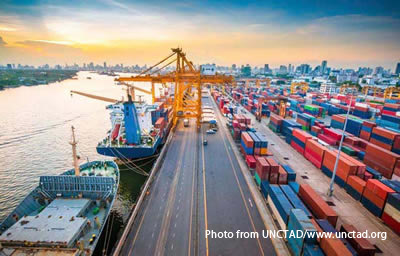Revenues from the proposed imposition of a 35 percent tariff on rice imports upon expiration of the quantitative restriction (QR) – seen to reach between P27 billion and P28 billion within the current administration – is sufficient to provide for safety net measures for farmers who would be affected by increased importation, said state-run think tank Philippine Institute for Development Studies (PIDS).
In its latest policy note on the impending expiration of the special tax treatment on rice in June, PIDS said replacing the QR with a 35 percent tariff would double annual imports from the current 2.2 million tons to around 4.4. million tons on the average from 2017 to 2022.
Farmgate and retail prices, meanwhile, are projected to decrease by P4.56 per kilogram and P6.97 per kilogram respectively as a result of the unrestricted volume of importation.
PIDS said the tariff revenues would be sufficient to cover the cost of compensatory transfers to farmers under a post-QR regime at P17 billion to P18 billion annually until the end of the Duterte administration.
The remaining amount can be used for other programs also directed to assist farmers,” said PIDS.
At a total of four million hectares of rice cultivation areas eligible for computation in the provision of transfers, the government can afford to pay a farmer with two hectares P19,000 annually.
The transfers are proposed to be provided over and above the existing production support provided by pertinent government agencies to enable them to transition to a more open trade environment.
The purpose of the payments is to compensate farmers from income loss. It does not intend to displace ongoing productivity enhancement measures nor does it aim to increase the competitiveness of farmers.
At the most, it eases the pain of transition to other crops and even other livelihood,” PIDS said.
The Philippines is actually entitled to impose a higher tariff on rice imports according to the World Trade Organization (WTO) Agreement on Agriculture.
PIDS said that as prescribed under the agreement, QR measures are converted to tariffs by taking the difference of international and domestic prices from 1986 to 1988. Following the formula, the estimated tariff equivalent for imported rice is 38.5 percent.
Considering, however, that almost all rice imported by the Philippines come from Vietnam and Thailand, it would be more appropriate to use the tariff rate of 35 percent for ASEAN.
A 35-percent tariff rate seems appropriate as a tariff equivalent. A safety net for rice farmers can be as much as P 20 billion annually and can be financed entirely by earmarking funds from the tariff revenue. In short, tarif cation with safety nets will bring down the price of rice and ease the dislocation of rice farmers,” PIDS said.
The extended QR, which would lapse in June 2017, is meant to protect the livelihood of Filipino rice farmers while they are strengthening their production capability. This extension was came after two years of negotiation with the WTO and various member countries under the Aquino administration. Through the QR, the Philippines imposes a high tariff of 35 percent on imported rice, the volume of which has been restricted to 805, 200 metric tons (MT). Importing outside the QR is even more expensive as inbound shipments would be levied a duty of 40 to 50 percent.
To fill the supply gap, the National Food Authority (NFA) imports rice through tenders and intervenes in the market by selling the staple at a cheaper price.
Proposed tariff on rice imports seen as safety net for farmers












